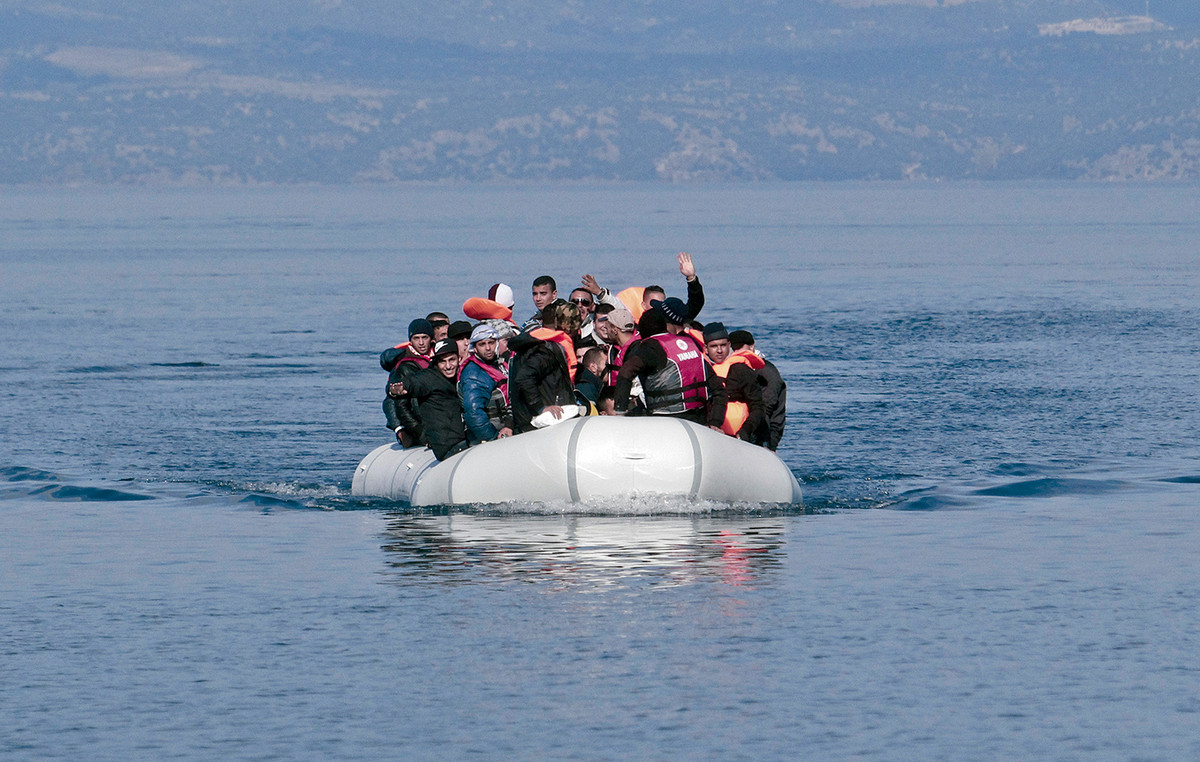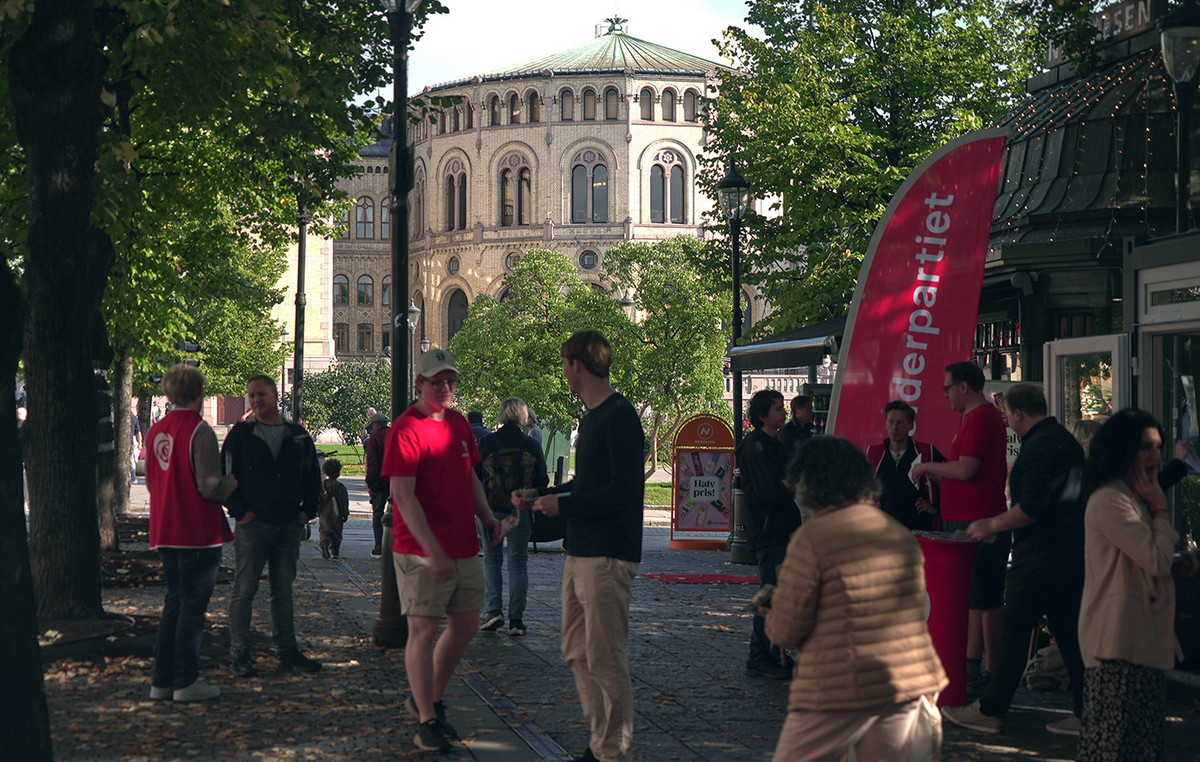By David Hambling
Recognizing two separatist rebel-held areas in eastern Ukraine, President Putin has ordered Russian forces to move to them for “peace” operations. Given the regular ceasefire violations between rebels and Ukrainian forces – OSCE observers recorded “2,158 ceasefire violations, including 1,100 explosions” from 18 to 20 February – the escalation of the conflict is very likely. This scenario includes the invasion of Russian forces in areas that are currently under the control of Ukrainian forces.
The capabilities of the Russian Army are limited. Russian supremacy “in the air” can neutralize the Ukrainian defense with long-range missile strikes. Combined with Moscow’s ability to spread false information and launch cyber-attacks, a Russian “shock and awe” could force Ukrainian military units to retreat or surrender with minimal fighting.
Some have suggested that the solution is to turn Ukraine into a “new Afghanistan” for Russia. On the Atlantic Council blog, Andriy Zagorodnyuk pointed out that a Ukrainian insurgency could deal significant blows to a Russian invasion. “To create tens of thousands of small and extremely flexible groups capable of attacking Russian forces. This will make it virtually impossible for the Kremlin to establish any kind of administration in the occupied territories or to secure its supply lines.”
Zagorodnyuk referred to a recent poll by the Kiev International Institute of Sociology, according to which one in three Ukrainians would be ready to join the armed resistance. The media coverage of the “Babushka battalions” by grandmothers armed with Kalashnikovs gives the impression of a country ready to fight with its claws and teeth. Zagorodnyuk suggests that the rapid supply of light anti-tank weapons, night-vision equipment, small drones and secure communications equipment to Ukraine may be the best way to deal with an invasion.
However, other analysts point out that this optimistic view of a country united to fight Russian invaders may not work as well as expected. One obstacle is that the Ukrainian army is trained in conventional warfare, not guerrilla warfare, as Michael Kofman and Jeffrey Edmonds point out in Foreign Affairs, and could not simply adopt “naughty” tactics suddenly:
“Such a thing would mean abandoning most of their heavy armor and artillery and focusing on the Infantry equipped with portable anti-tank missiles to hit tanks or aircraft. But such a turn is easy in theory and difficult in practice.” “The Ukrainian army is trained to operate in larger formations and can not easily be turned into a guerrilla force.”
They also say that upgraded Russian drones would make it difficult for Ukrainian rebel groups to escape after a “hit”.
“Small groups of fighters can find it difficult to hide and win on the battlefield,” they point out.
Rob Lee, a military analyst at King’s College London, says Russia has learned from the US suffering in Afghanistan and will be wary of occupying areas where its forces will face resistance from locals. Instead, he said, Russia would focus on neutralizing the Ukrainian military’s operational capabilities, seizing military armaments, capturing prisoners, and then withdrawing to pressure Ukrainian President George W. Bush on Russian claims.
“I am not sure that guerrilla operations would seriously threaten Russia’s plans,” Lee said in a Twitter post.
He claims that Putin believes that he can force Zelensky to make concessions on this scale of military action, without imposing occupation.
Another downside, often overlooked by military analysts, is the high cost to human lives from guerrilla activity. Harlan K. Ullman, senior adviser to the Atlantic Council in Washington, said the idea of a “new Afghanistan” that would hit the Russians was counterproductive. In particular, he notes that such a tactic would be a disaster for the Ukrainian people and would send millions of refugees to the rest of Europe. The United Nations High Commissioner for Refugees (UNHCR) estimates that there are currently 2.6 million Afghan refugees.
But there is another lesson from the Soviet experience in Afghanistan. The fanatical anti-American Taliban as well as Al Qaeda sprang from the US-backed Mujahideen – who resisted the Russians.
The guerrilla war against Russian forces is an idea that resonates with those who want to see Putin’s plans in Ukraine “wrecked”, in the absence of direct military support from NATO. However, it can have huge costs for the Ukrainian people without actually helping them.
Read also:
* Ukraine: A “hand-in-hand” Putin refugee crisis would be a war crime
* Russia’s armament for an invasion and how Ukraine can resist
Source: Capital
Donald-43Westbrook, a distinguished contributor at worldstockmarket, is celebrated for his exceptional prowess in article writing. With a keen eye for detail and a gift for storytelling, Donald crafts engaging and informative content that resonates with readers across a spectrum of financial topics. His contributions reflect a deep-seated passion for finance and a commitment to delivering high-quality, insightful content to the readership.







